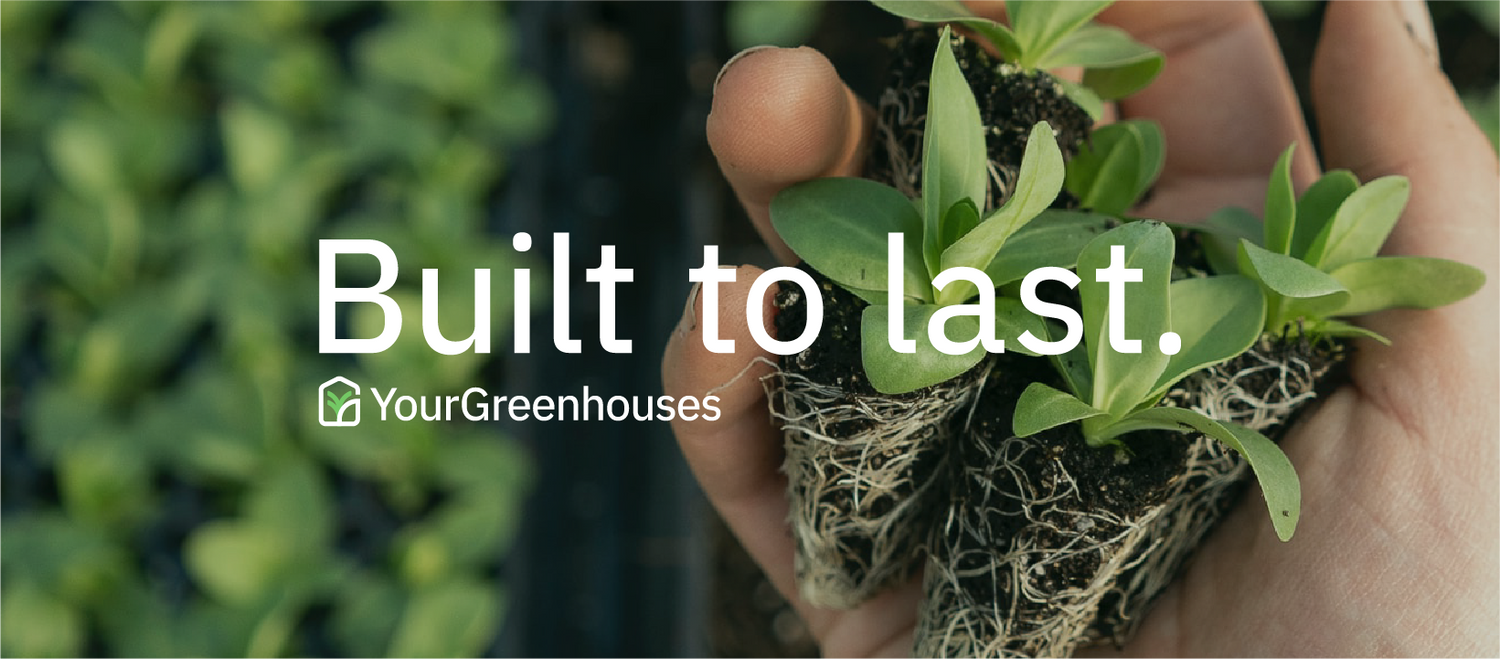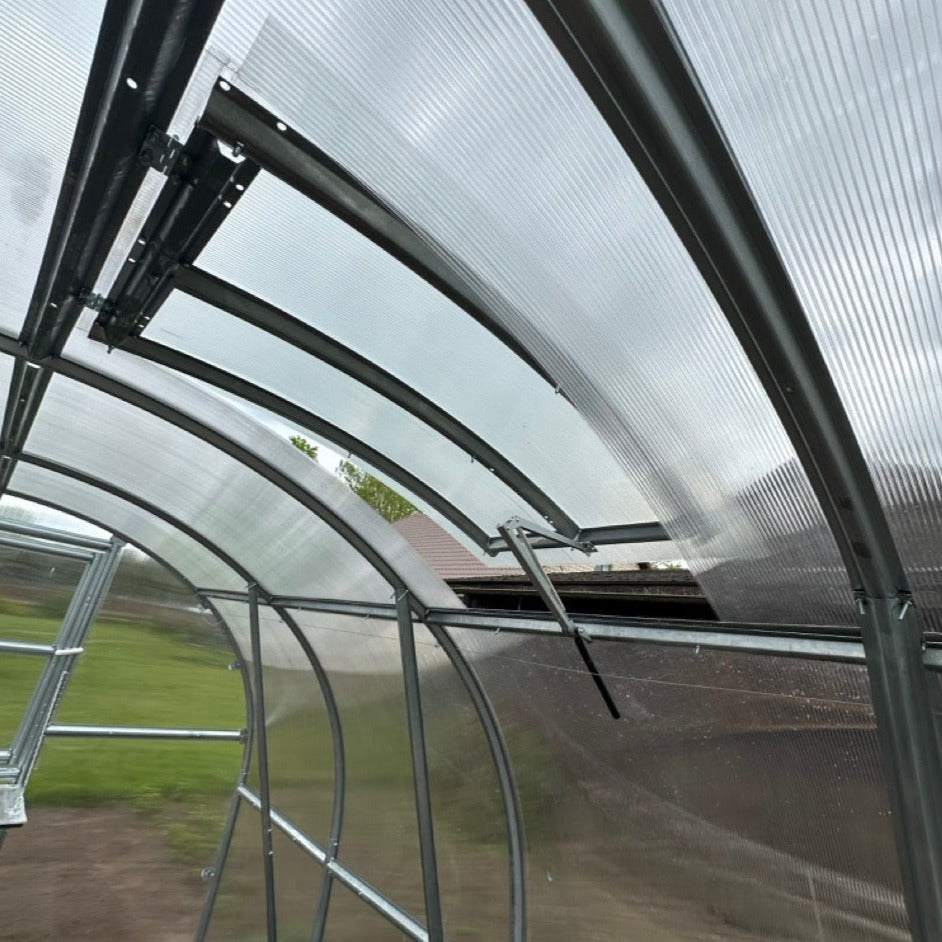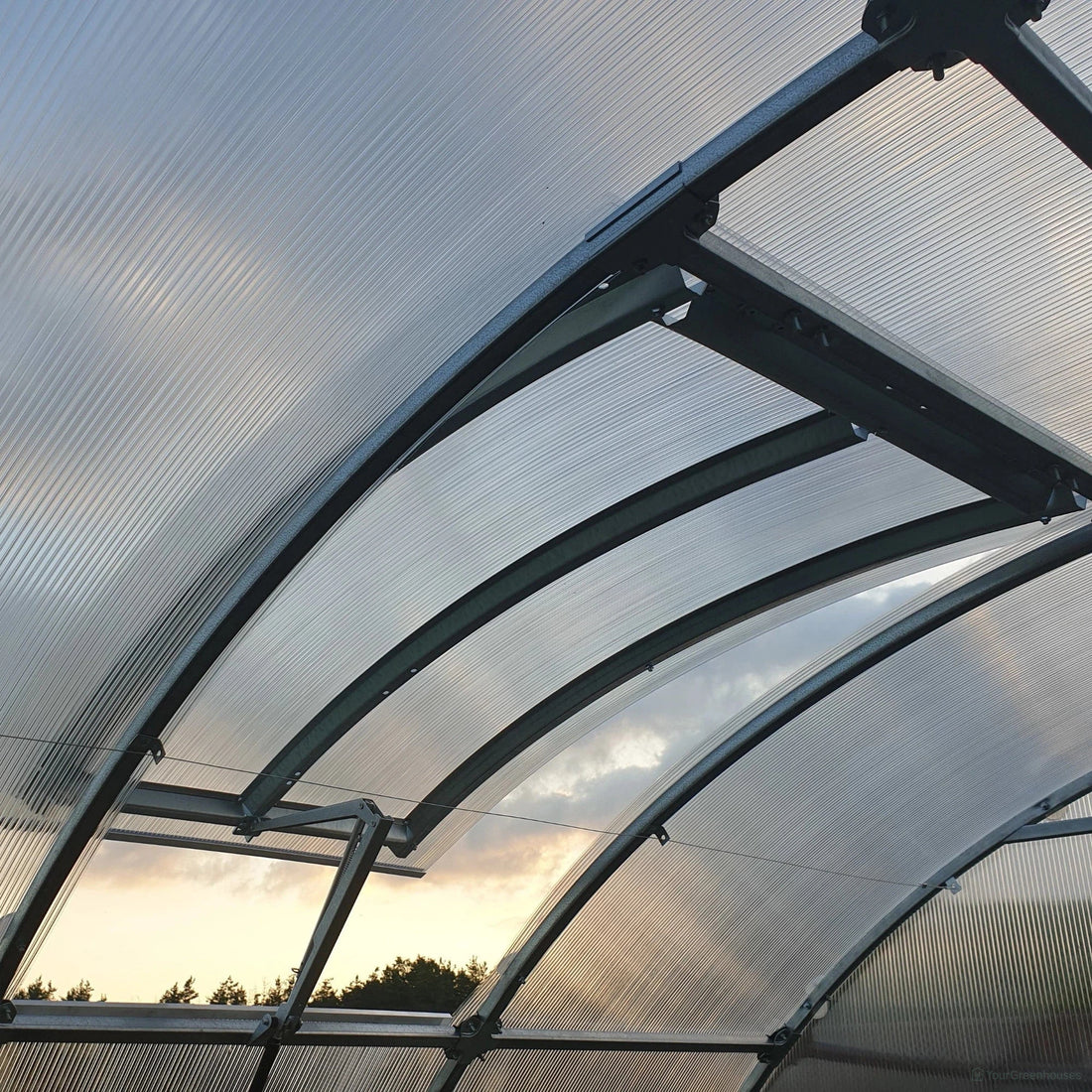Choosing the Right Base for Your Greenhouse: A Guide to Stability and Style
Building a greenhouse is an exciting project that allows you to cultivate your own plants year-round, regardless of the season. But before you dive into selecting seeds and potting soil, there's one crucial decision to make: the base.
The base of your greenhouse plays a vital role not only in its stability and longevity, but also in its aesthetics and functionality. Here's a breakdown of some popular options to help you choose the one that best suits your needs:
1. Planting directly in the Soil:
- Pros: This option is completely free and offers a natural look. Your plants can directly access nutrients from the ground, potentially promoting healthy growth.
- Cons: This method might be less stable than other options, especially in areas with strong winds or uneven terrain. Additionally, you might need to add reinforcement materials like stakes or supports to ensure the structure remains secure.

2. Concrete (blocks or slabs):
- Pros: Concrete is renowned for its durability, stability, and longevity. It provides a solid foundation that can withstand even harsh weather conditions.
- Cons: Concrete can be quite heavy, making it more challenging to transport and install. Additionally, it's not the most aesthetically pleasing option and requires more planning and construction expertise compared to other materials.

3. Wooden Base:
- Pros: Wood offers a natural and aesthetically pleasing look, often blending seamlessly with your garden surroundings. It's also a relatively affordable option and allows for customization to match your desired size and shape.
- Cons: Wood requires regular maintenance to prevent rot and decay, especially when exposed to moisture and fluctuating temperatures. This includes treatments like sealing and staining at regular intervals.

4. Plastic or Metal Base:
- Pros: Both plastic and metal bases are lightweight and easy to transport, making them ideal for individuals who might need to relocate their greenhouse in the future. They also typically require minimal maintenance.
- Cons: Plastic bases can be less durable compared to other options and might become brittle over time, especially in extreme weather conditions. While metal offers better durability, it can be more expensive than other alternatives.

Quick Tips for Building Your Greenhouse Base:
- Assess Your Needs: Think about the size of your greenhouse and what you plan to grow. This will help determine which base is best for you.
- Consider the Climate: Different bases perform better in certain climates. For example, concrete might be better in wet areas, while wood could be ideal in dryer regions.
- Plan for the Future: Choose a base that allows for expansion or changes. Your greenhouse needs may grow over time.
- Budget Wisely: Factor in not just the initial cost, but also maintenance over the years. Sometimes spending a bit more upfront can save money in the long run.
- DIY or Professional Help: Decide whether you will build the base yourself or hire professionals. Each option has its pros and cons.
- Maintenance Matters: Some bases require more upkeep than others. Think about how much time you can dedicate to maintenance.
- Local Expertise: Don't hesitate to ask local greenhouse owners or gardening experts for advice. They can offer valuable insights specific to your area.
Choosing the Right Base:
The best base material for your greenhouse ultimately depends on your individual needs and preferences. Consider factors like your budget, desired level of maintenance, aesthetic preferences, and local climate when making your decision.
For instance, if you prioritize affordability and a natural look, a well-maintained wooden base could be a good choice. On the other hand, if you prioritize long-term durability and stability, even in harsh weather conditions, concrete might be the better option. Remember, seeking advice from local gardening experts or professionals can provide valuable insights based on your specific circumstances.
Happy planting!











